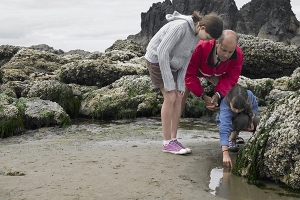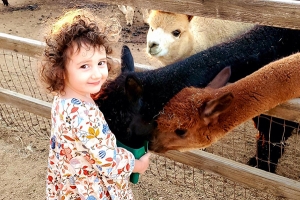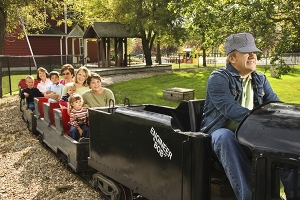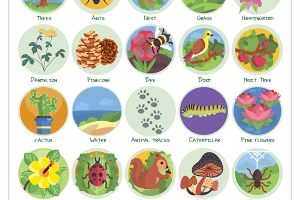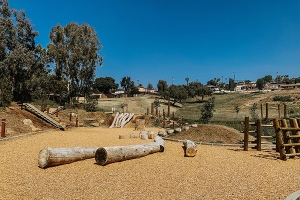
Bird watching is fun to do with kids and a great way to get familiar with birds in your backyard. If you don’t know a sparrow from a swallow, don’t worry. Part of the fun is learning—and your family can learn together. Here are tips to get started bird watching.
What, When and Where
You don’t need much to begin bird watching. Simply start spotting birds wherever you are. Name the ones you know. A field guide helps you identify and learn about the birds you see. Choose kid-sized binoculars to help see detail and use a small notebook to track the birds you find. Encourage kids to take photos, draw pictures or take notes about birds.
The best time for bird sighting is early morning or late afternoon. Start in your backyard or neighborhood, then branch out to ponds, marshes, meadows or a wildlife preserve. San Diego River Estuary, Santee Lakes and Kit Carson Park are good birding spots. Find more bird encounters in San Diego here or at www.SanDiegoAudubon.org.
Look and Listen
Pay attention to these characteristics to help determine what kind of bird it is:
- Primary color and general shape of bird
- Distinctive markings and wing color
- Color of feet and beak
- Unique features such as long legs, a long neck, or a large bill or beak
- Shape of the wings (pointed or rounded) and tail (forked or not)
- Size of the bird compared to other objects
Use your ears, too. Experienced birders can identify birds by sounds as well as sight. Listen to the calls of various birds at www.AllAboutBirds.org.
Using what you notice about the birds around you, start trying to identify them. Look them up in your field guide. Get tech-savvy kids engaged using apps like the Audubon Bird Guide: North America by National Audubon Society or Merlin Bird ID by The Cornell Lab of Ornithology. Both apps are free.
Feed the Birds
If you want to see a lot of birds, feed them. Providing food near a window brings birds into view, and food is helpful to birds during cold winter months. You can buy a bird feeder, build your own from a kit, or make a simple one from materials you already have on hand.
The San Diego Audubon Society suggests attracting orioles with orange halves, chickadees with peanut butter-covered pinecones and quail with seed on the ground. But, remember to place food in such a way that birds are safe from predators (like neighborhood cats).
Count Birds
Cornell Lab of Ornithology and National Audubon Society hold the Great Backyard Bird Count in February. Anyone can help gather data about birds in as little as 15 minutes a day. Visit the website {link http://gbbc.birdcount.org} for more details and to sign up.
Not sure you can identify the birds you see? Practice now and get ready for this annual event next year!
Watch from Afar
If your backyard isn’t teeming with birds—or if you’re curious about birds not native to your area—check out the web. Bird cams are a great way to get close-ups on birds, even those nesting or hatching eggs. Check out the Cornell Lab’s bird cams.
Take some time to get to know our feathered friends a little better. A new family hobby might take wing.
Sara Barry is a freelance writer who loves seeing the flash of a red cardinal dart across a winter sky.
Find a list of family-friendly bird encounters in San Diego here.






